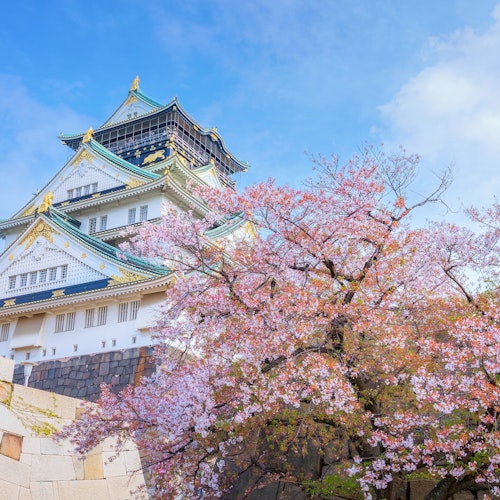
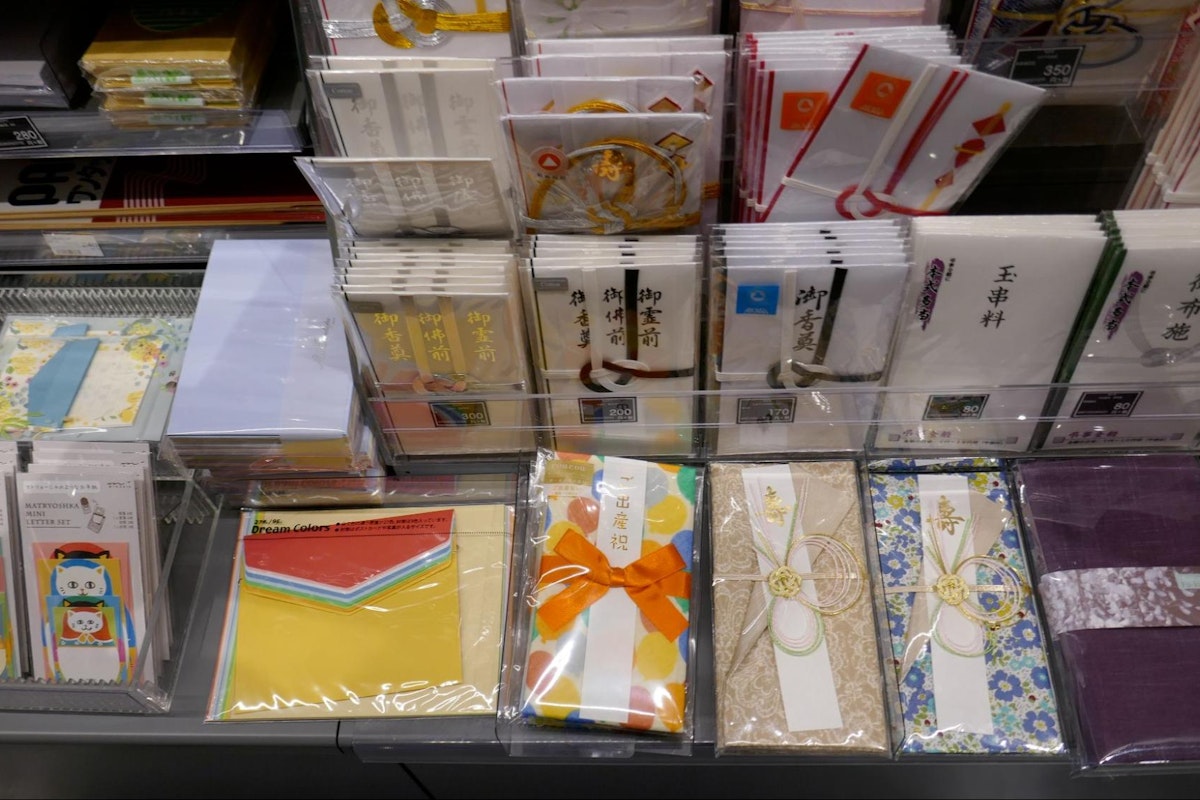
As you immerse yourself in the realm of Japan's culture, beyond the lyrical strains of the shamisen or the serene lines of a Zen garden, you'll encounter a universe of artistry that emerges from the realm of the everyday. This universe is the extraordinary world of Japanese stationery, a unique fusion of practicality, aesthetics, and deep-rooted tradition. Known for its impeccable quality, extraordinary attention to detail, and ceaseless innovation, Japanese stationery stands as an art form in its own right. It's more than just pens and paper; it's an extension of Japan's centuries-old heritage of craftsmanship and the nation's cultural ethos that finds beauty and grace in even the simplest objects.
But what is it about Japanese stationery that sets it apart? It's the alluring dance of a fountain pen as it traces elegant kanji characters on a sheet of finely crafted paper, the quiet joy of sealing a heartfelt letter with beautifully patterned washi tape, or the delight of organizing thoughts in a perfectly designed planner that effortlessly blends usability and style. It's about appreciating how even the most common items can hold a touch of magic when crafted with care and thoughtfulness.
This guide is designed to help you navigate this riveting aspect of Japan's artistic landscape, offering insights into the heritage, craftsmanship, and incredible diversity of Japanese stationery. Whether you're a discerning artist, a stationery aficionado, or a traveler seeking the road less travelled, this journey promises a fascinating exploration of culture, tradition, and innovation. With each page, you'll uncover a new facet of Japanese artistry and find yourself falling in love with the sublime wonder that is Japanese stationery.
Japan's love for stationery isn't just a recent fad, it has a deep-seated historical and cultural background. The country's reverence for the written word and the tradition of meticulous craftsmanship have paved the way for its stationery industry's growth. In the Heian period (794-1185), calligraphy was considered a significant form of art and a vital courtly skill. This tradition has been carried forward to this day, with schools still teaching calligraphy to students.

From an early age, Japanese people are taught the importance of expressing their emotions and thoughts through writing. Be it a new year greeting or a thank you note, written communication holds a special place in Japanese society.
Moreover, the act of choosing stationery items is seen as an opportunity to express personal taste and style. This appreciation for detail and nuance is a key factor behind the immense variety and quality of Japanese stationery.
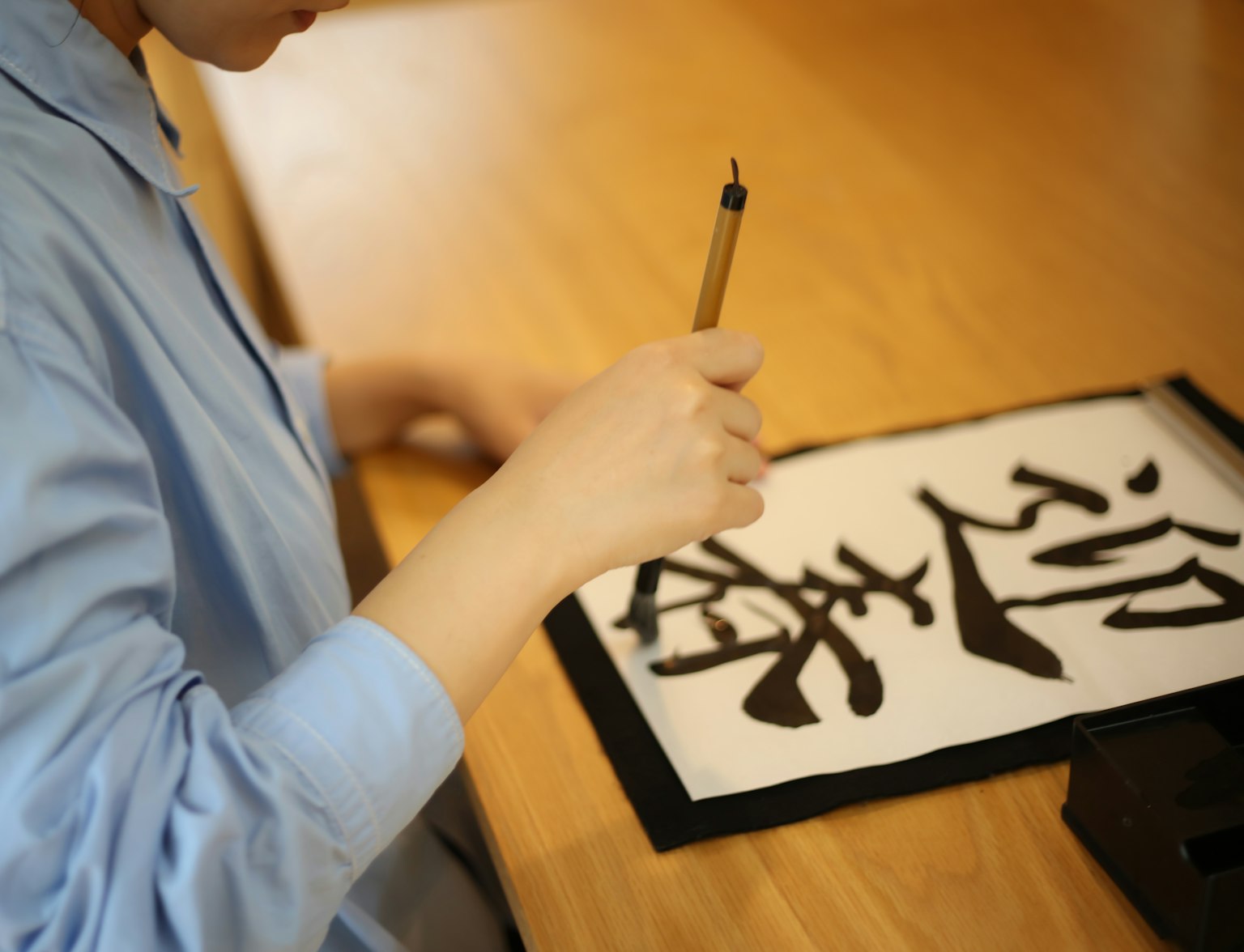
Learn the Japanese calligraphy and appreciate each character.
Japanese writing instruments have gained global acclaim for their excellent quality, precision, and craftsmanship. They offer a wide range of pens designed for different purposes - ballpoint pens for daily writing, brush pens for calligraphy, and fountain pens for those who enjoy a classic writing experience. The rollerball pens from the Japanese brand Uni-ball, for instance, are highly appreciated for their smooth ink flow and durability.
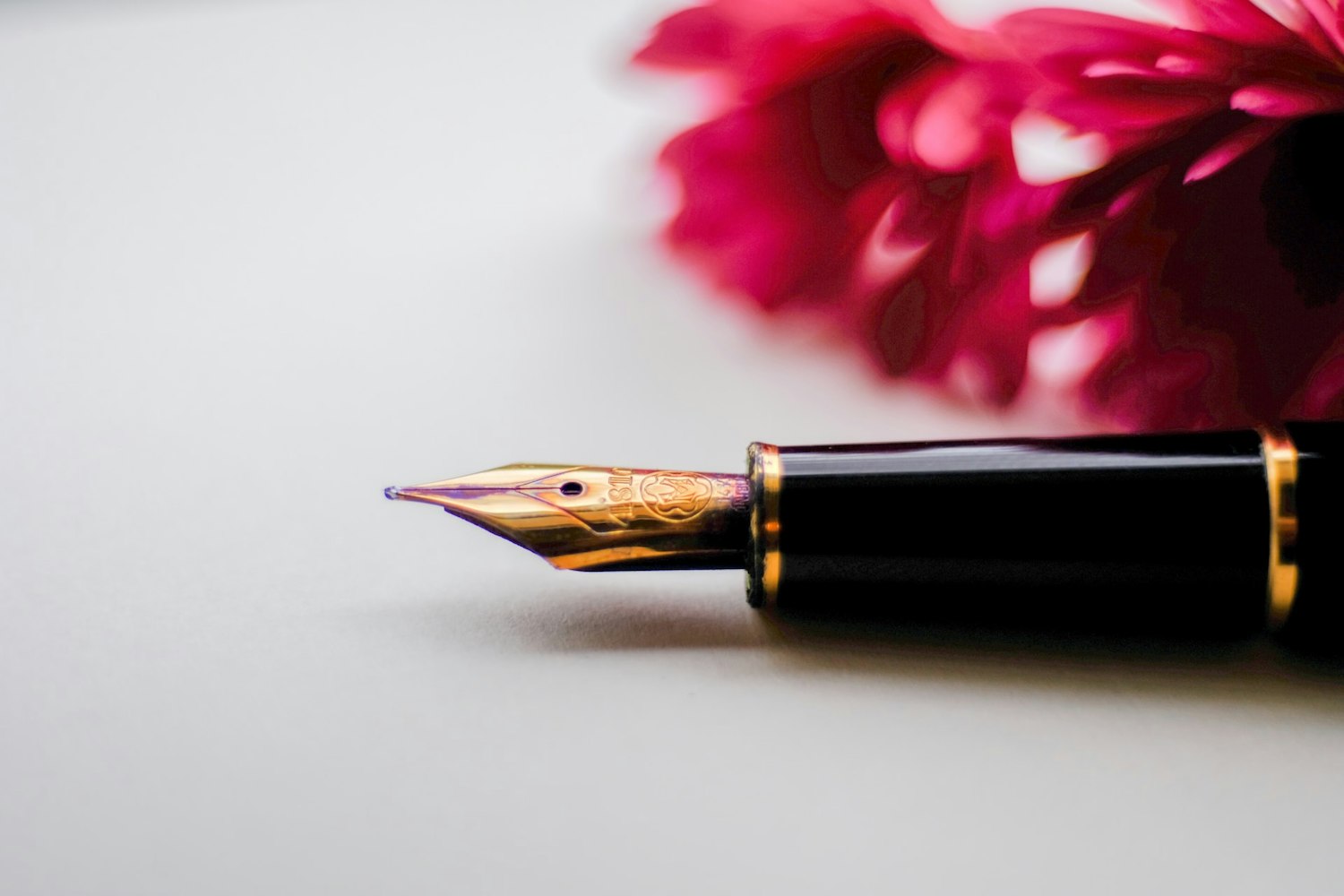
Image Credit: John Jennings
The world of Japanese fountain pens is particularly worth exploring. Brands like Pilot-Namiki, Sailor, and Platinum are globally known for their exquisite hand-crafted nibs and intricate designs. For instance, Namiki, Pilot's premium brand, offers the Yukari Collection, which features "Maki-e" designs, a traditional Japanese technique that involves painting designs with lacquer and gold or silver powder. These pens, much more than mere writing tools, are pieces of art reflecting Japanese traditions.
Japanese notebooks and paper products are praised for their superior quality and ingenious designs. Brands like Midori, Kokuyo, and Maruman offer notebooks, notepads, and loose-leaf paper, catering to a wide range of writing needs. Midori's Traveler's Notebook has gained cult status among stationery lovers and travelers for its refillable and customizable design.
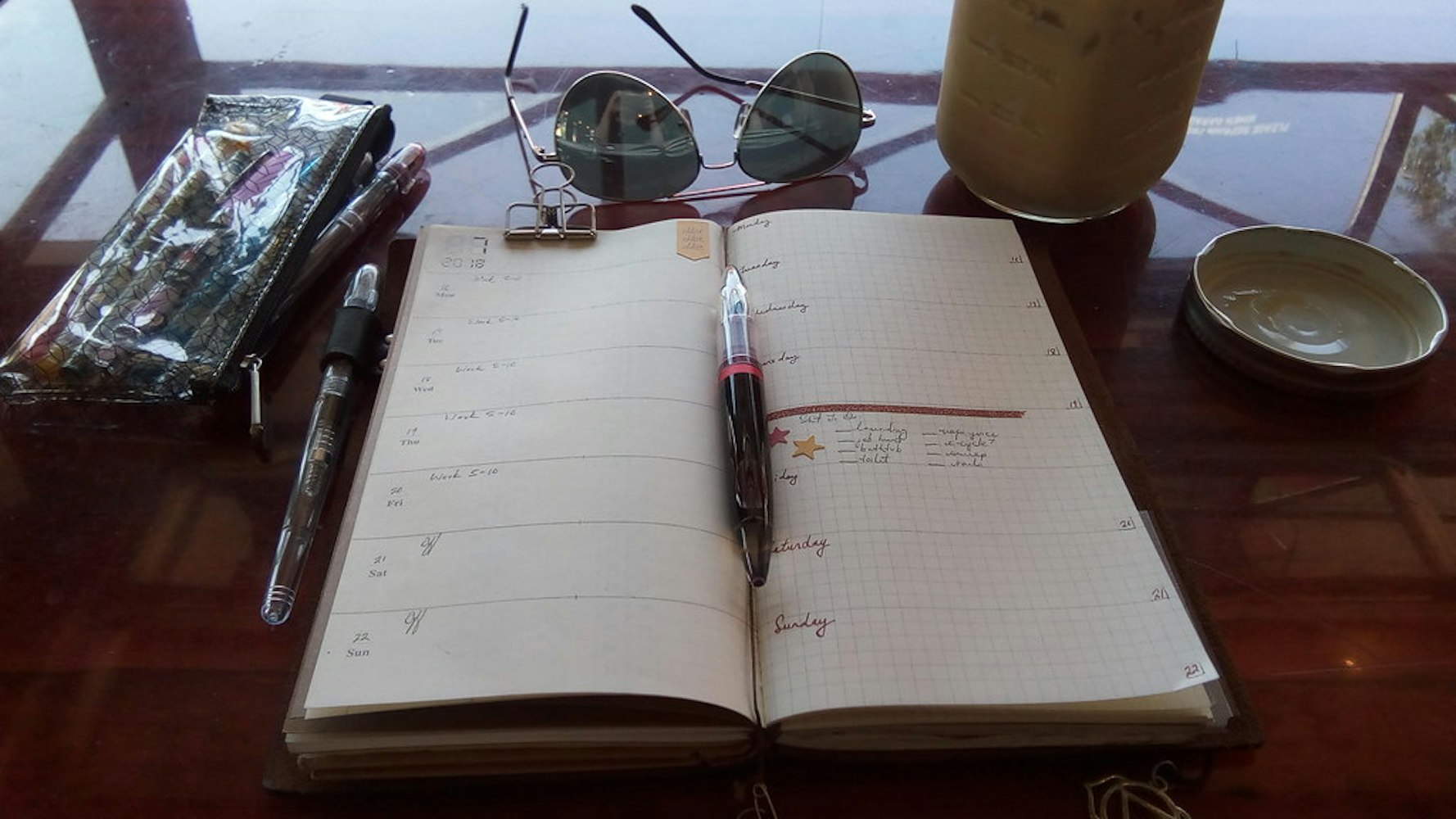
Image Credit: Goblinbox
Then there's the famed Tomoe River paper, renowned for its exceptional thinness and strength. Despite being nearly as thin as Bible paper, it shows little to no bleed-through or feathering, even when used with fountain pen ink. It's this unparalleled quality that makes it a must-try for any stationery enthusiast, offering a writing experience that's smooth and luxurious, embodying the quintessence of Japanese paper-making craft.
Washi tape is one of the most artistic and versatile elements of Japanese stationery. Derived from traditional Japanese washi paper, these tapes are known for their exceptional quality, easy-to-tear nature, and the wide range of colors and patterns available. The concept of washi tape was first introduced in 2006 by the company MT (Kamoi Kakoshi), and it has since taken the crafting world by storm.
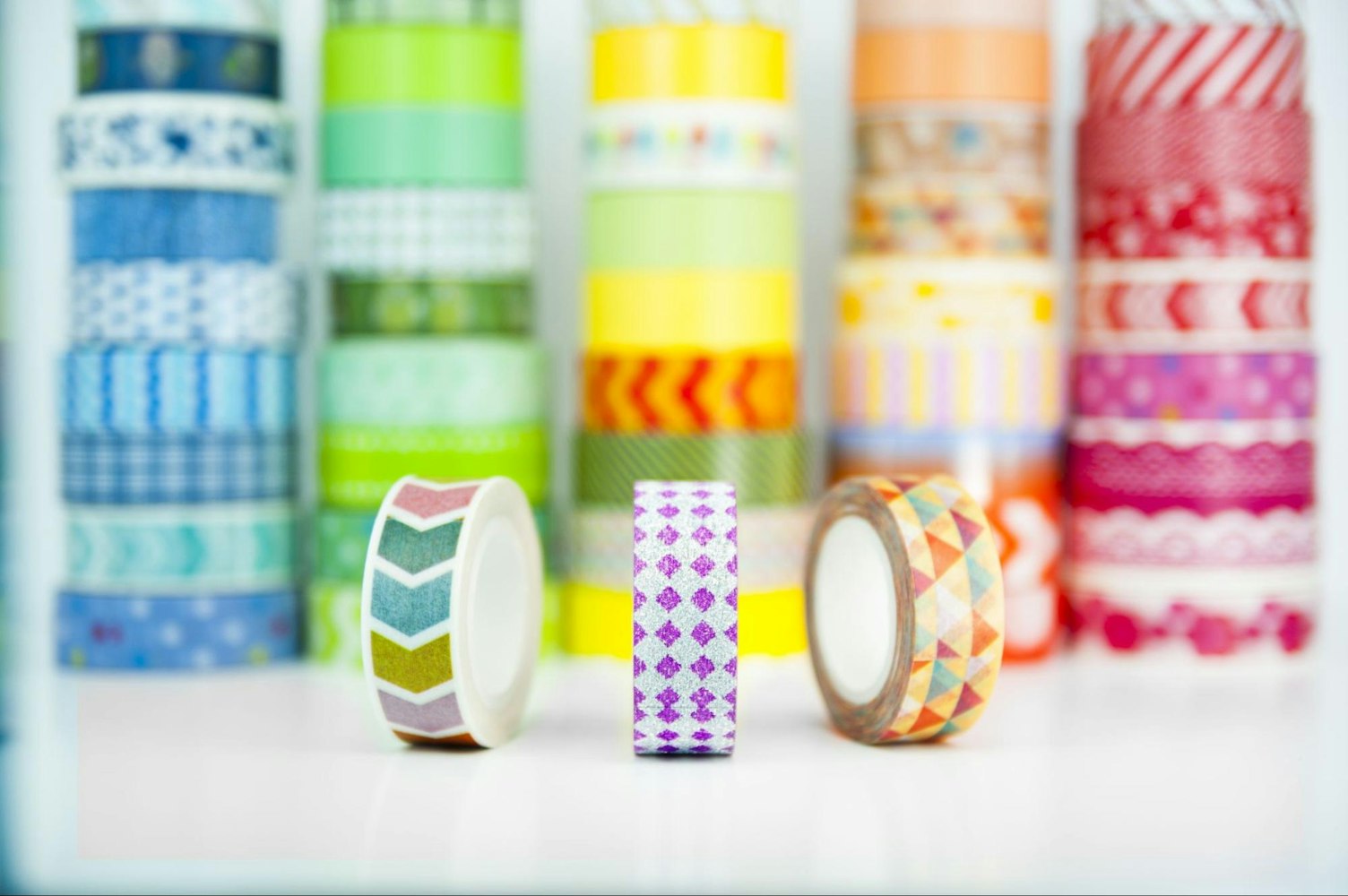
Today, washi tapes are used globally for various purposes like decorating, crafts, scrapbooking, and journaling. They offer an easy and creative way to personalize stationery, gifts, and home decor. In Japan, crafting with washi tape has become a popular pastime, with workshops and craft events often held for people to explore the versatile uses of these delightful tapes.
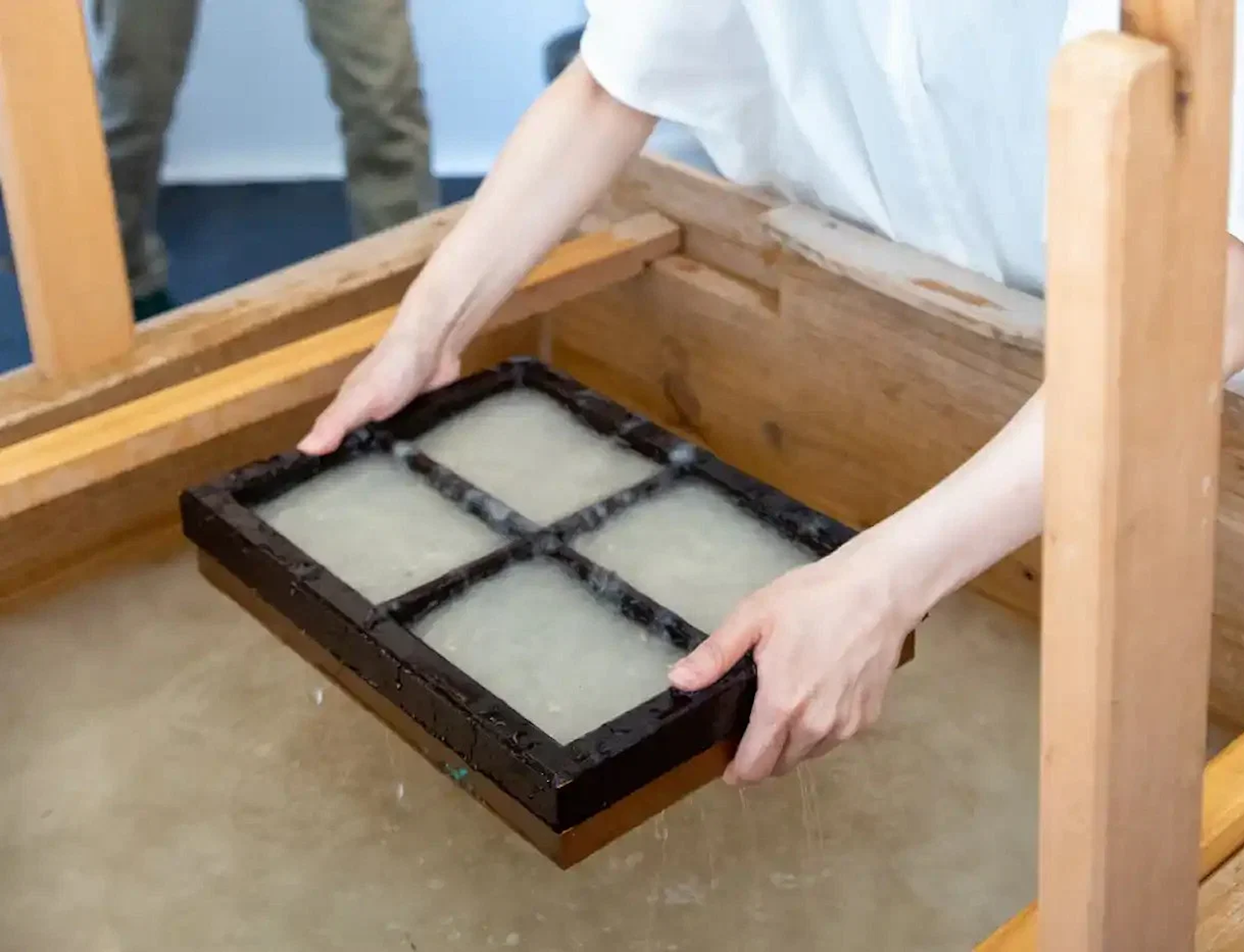
Explore the art of Japanese paper-making in an immersive washi tour.
Japanese stationery is also known for its 'kawaii' or cute culture. The term 'kawaii' is a significant aspect of Japanese pop culture, and it means lovable, cute, or adorable. The concept permeates many parts of Japanese life, and stationery is no exception. Brands like Sanrio and San-X offer an array of 'kawaii' stationery items, from notebooks to pens to stickers, featuring popular characters like Hello Kitty and Rilakkuma.
This penchant for cuteness isn't just about aesthetics, though. Studies show that viewing cute things can increase focus and productivity, explaining why many people in Japan, including working professionals, use 'kawaii' stationery. So, while these items might look whimsical and playful, they're often designed with practical features that enhance functionality.
Visiting a Japanese stationery store is an experience like no other. Take Itoya in Tokyo's Ginza district, for example. It's not just a store but a stationery paradise spread across twelve floors, each dedicated to a different aspect of stationery, from writing instruments to paper goods to art supplies. Itoya even houses a letterpress studio and a cafe, turning shopping for stationery into a full-day event.
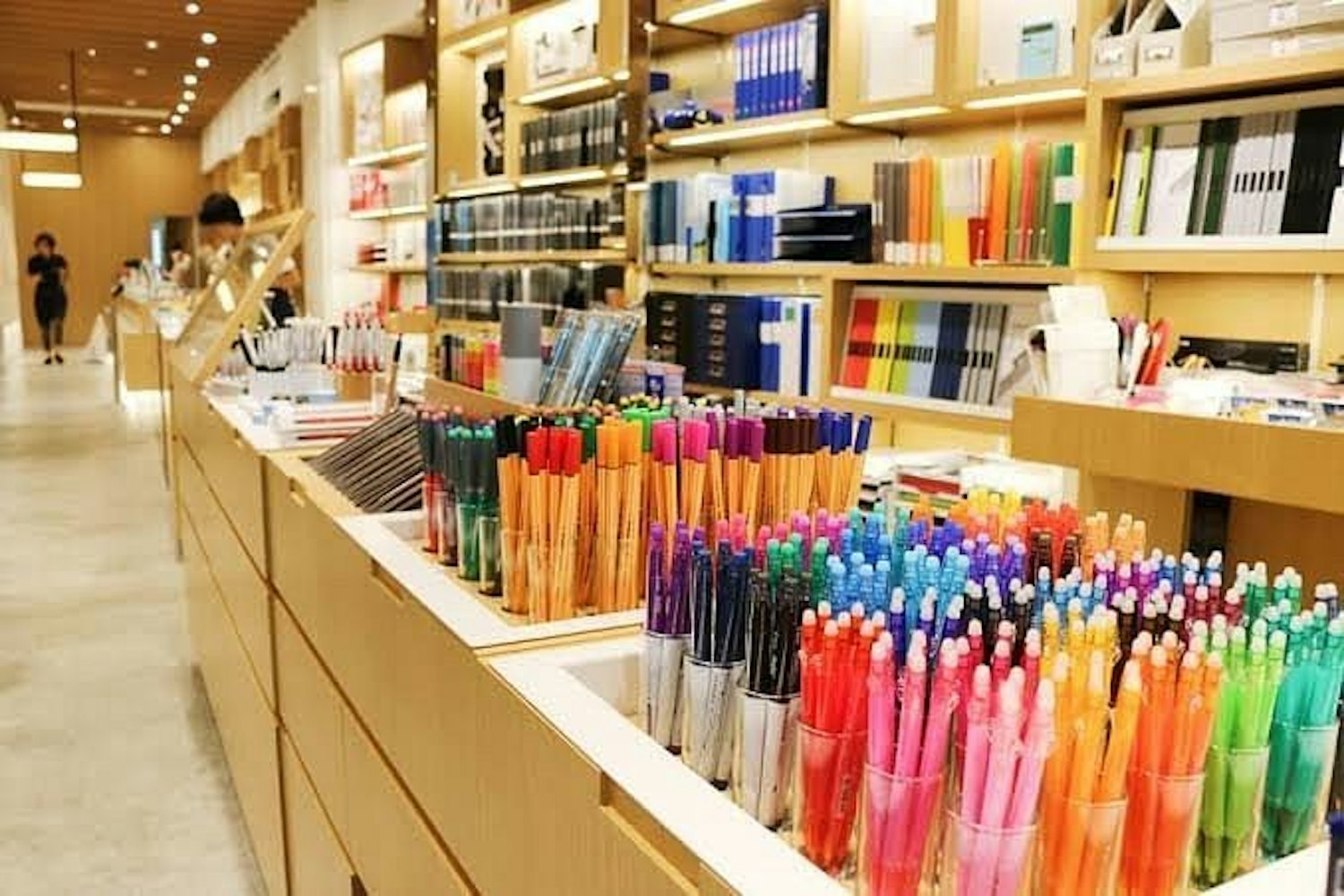
Outside of Tokyo, you have stores like Sekaido in Shinjuku and Umeda Loft in Osaka that offer a similar haven for stationery lovers. But even if you can't visit these large stores, you'll find plenty of smaller boutiques and stationery corners in department stores across the country. Each of these stores offers a unique selection of items, making the exploration of Japanese stationery an exciting journey of endless discoveries.

Visit Ginza and Shinjuku with this tour.
In the bustling city of Tokyo, you'll find a unique destination that pays homage to the art of stationery - the Tokyo Stationery Museum. As the only museum in Japan dedicated solely to stationery, it provides a comprehensive overview of the evolution of writing instruments and paper goods in Japan and across the world. Its collections span over several centuries, showcasing everything from ink stones used in ancient times to the stylish, high-tech pens of today.
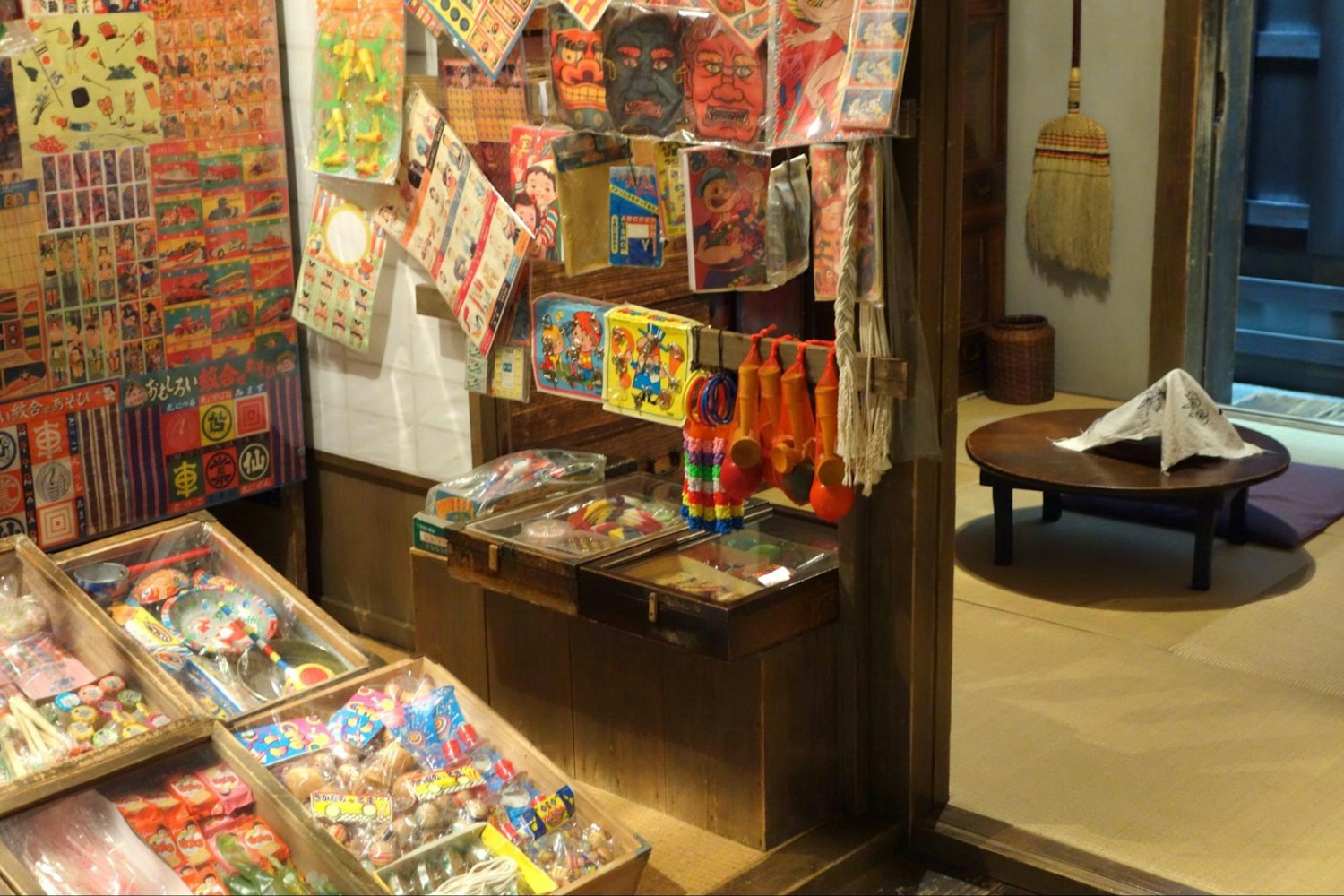
The museum not only displays an impressive variety of stationery but also traces the journey of their design and manufacturing process over time. Special sections are dedicated to the manufacturing techniques, the science behind ink creation, and the artisans who dedicate their lives to this craft. Visitors are given a chance to witness the delicate balance between traditional craftsmanship and modern technology that makes Japanese stationery truly unique.
For those intrigued by the traditional Japanese paper 'washi', there are several museums across the country dedicated to this beautiful craft. Among them is the Ino Paper Museum in Kochi Prefecture, renowned for its ‘Tosa Washi’ – a type of washi that has a history of over 1000 years. The museum provides insight into the traditional techniques of washi-making and displays a wide range of washi products, including paper for letters, art, and even clothing.
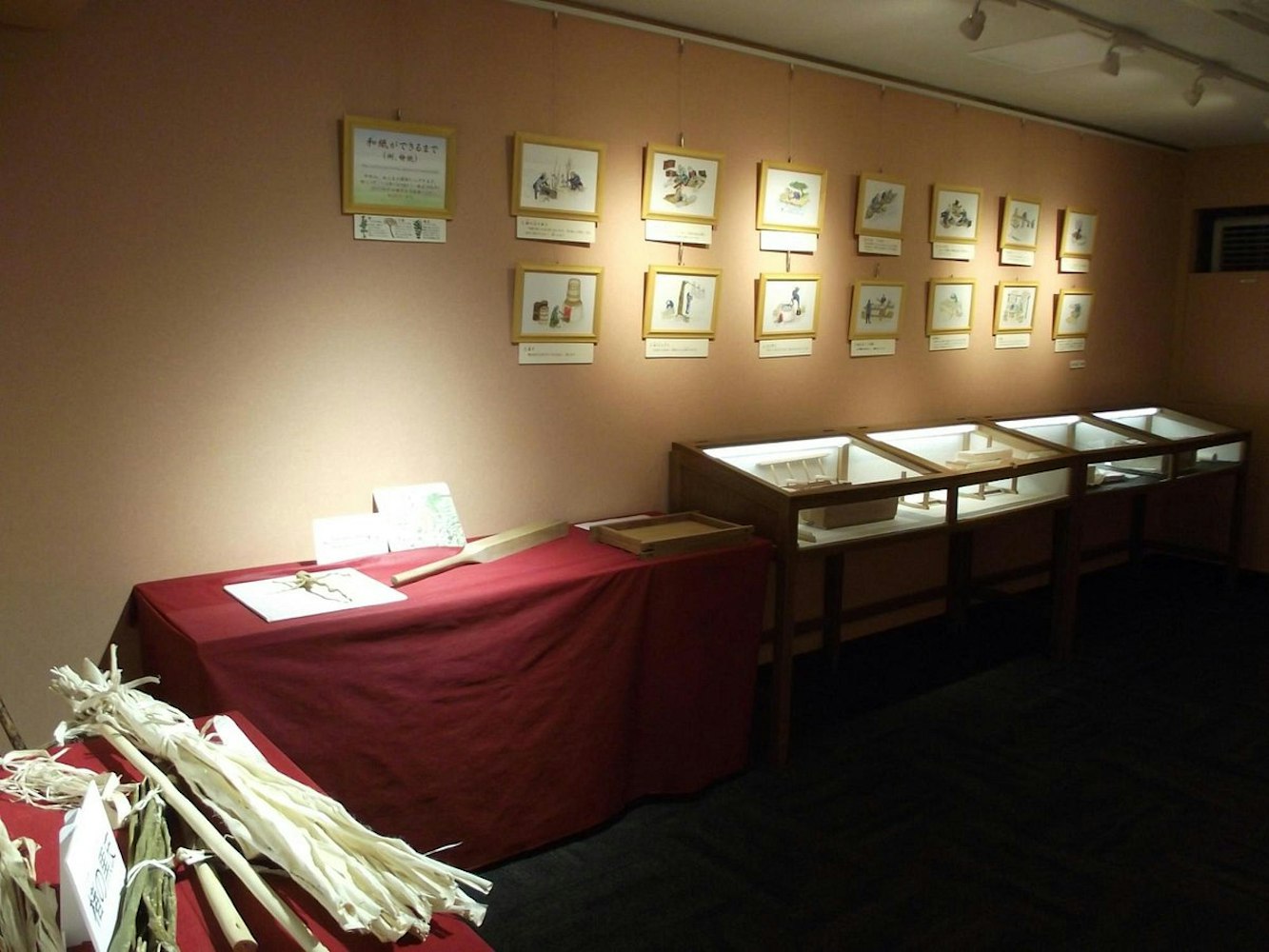
Similarly, the Ozu Washi Museum in Tokyo offers visitors a hands-on experience to understand the process of washi-making. You can watch artisans at work, learn about the history of washi, and even participate in workshops to create your own washi paper.
These museums offer a deep-dive into the world of washi, one of the vital elements of Japanese stationery, enhancing the appreciation for the texture, quality, and history imbued in every piece of washi stationery.

Explore these museums with a chartered vehicle.
Japanese stationery, with its artistic elegance and fascinating history, offers a unique lens to explore the country's culture. From the finest pens, charming washi tapes, to innovative notebooks, each item serves as a testament to Japan's meticulous craftsmanship, commitment to functionality, and an unwavering sense of aesthetics. The allure of Japanese stationery goes beyond its utility, providing an intimate connection to the country's rich traditions and innovative spirit.
To experience this unique aspect of Japan, we invite you to join our specially curated "Art of Japanese Stationery" tour. This immersive journey will take you through iconic stationery shops, mesmerizing museums, and offer hands-on workshops to make your own Japanese stationery. Don't miss this opportunity to engage in a truly memorable cultural experience. Visit our website today and book your tour, because the artistic wonders of Japanese stationery await your exploration.
A: Some well-known Japanese stationery brands include Pilot, Uni-ball, and Zebra for pens, Midori and Kokuyo for notebooks, and MT for washi tapes. These brands are globally recognized for their quality, innovation, and variety.
A: Washi tape is a type of adhesive tape made from traditional Japanese washi paper. It comes in a variety of colors and patterns and can be used for a wide range of purposes, from decorating notebooks and cards to personalizing gifts and home décor.
A: The concept of 'kawaii,' which means cute or adorable, is a significant aspect of Japanese pop culture and is often reflected in their stationery. Japanese stationery often features playful, colorful, and whimsical designs, and popular characters like Hello Kitty or Rilakkuma, offering users an opportunity to express their personal style and make everyday tasks more enjoyable.
A: Japan is home to numerous stationery shops and museums where you can explore this art. Stores like Itoya in Tokyo, Sekaido in Shinjuku, and Umeda Loft in Osaka offer a wide range of stationery items. There are also museums like the Tokyo Stationery Museum and various washi museums where you can learn about the history and crafting process of Japanese stationery.
A: A Traveler's Notebook is a popular product from the Japanese brand Midori. It features a leather cover and refillable notebook inserts. It's loved by stationery enthusiasts and travelers for its practical design, which can be customized according to individual needs and preferences.
A: 'Shūji' refers to the practice of calligraphy in Japan. It is considered an important skill and is taught from an early age in schools. The practice of shūji underscores the significance of writing and the use of quality stationery in Japanese culture.
A: The 'Art of Japanese Stationery' tour is an immersive experience that takes you through iconic stationery shops, fascinating museums, and offers hands-on workshops. It provides an opportunity to explore the history, craftsmanship, and variety of Japanese stationery, and even make some of your own.
